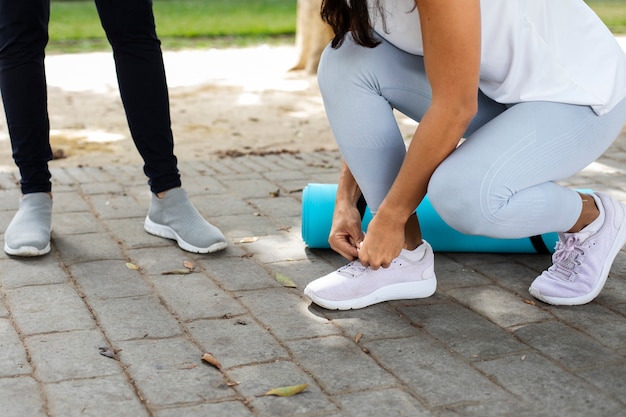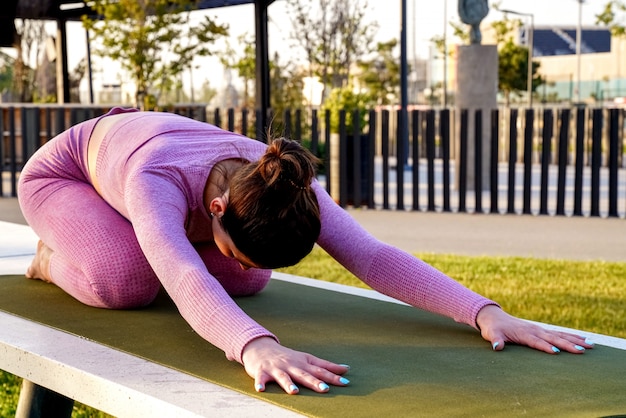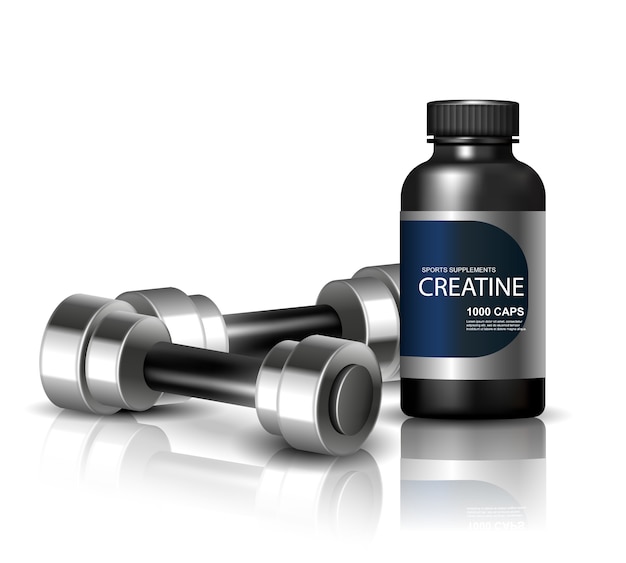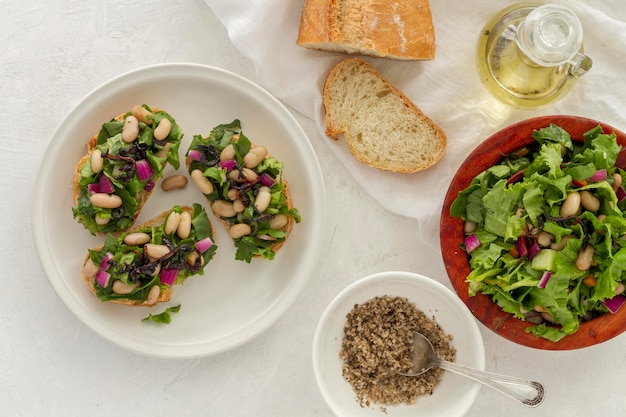As we age, joint discomfort—especially in the knees—becomes a common concern. While some wear and tear is natural, many people unknowingly make daily choices that accelerate knee degeneration and hinder graceful aging. The good news? Most of these mistakes are reversible with the right knowledge and adjustments.
This guide reveals 10 common yet overlooked habits sabotaging knee health and overall aging. More importantly, it provides clear, science-backed strategies to correct them—designed specifically for those experiencing knee pain.
Many assume rest is best when knees hurt. But prolonged inactivity weakens the muscles supporting the joint, increasing stiffness and pain over time.
Why it works: Gentle, consistent movement improves circulation, nourishes cartilage, and maintains joint flexibility. Low-impact activities like walking, swimming, or cycling are especially beneficial.
Start with 10-minute daily walks and gradually increase. Use supportive footwear and choose flat, even surfaces to reduce strain.

Weak quadriceps and hamstrings place more pressure on the knee joint. Many older adults avoid strength training, fearing injury—but this increases long-term risk.
Why it works: Strong muscles act as shock absorbers, stabilizing the knee and reducing load on cartilage. Resistance training also improves bone density and balance.
Begin with bodyweight exercises like seated leg lifts or wall squats. Perform 2–3 sets of 10–12 reps, 2–3 times per week. Focus on form over intensity.
Slouching, improper sitting, or bending at the knees instead of hips when lifting can misalign joints and increase knee stress.
Why it works: Proper alignment distributes weight evenly across joints. Using your hips and core during movement reduces knee strain significantly.
Sit with feet flat, knees at hip level, and back supported. When standing up, lean forward slightly and push through your heels.
Flat shoes, high heels, or worn-out sneakers fail to absorb impact, transferring force directly to the knees.
Why it works: Supportive shoes with cushioning and arch support reduce ground reaction forces, protecting the knees with every step.
Choose walking or stability shoes with firm heel counters and flexible soles. Replace them every 300–500 miles of use.

Every extra pound adds up to 4 pounds of pressure on the knees during walking. Excess weight accelerates cartilage breakdown.
Why it works: Losing even 5–10% of body weight can significantly reduce knee pain and improve mobility.
Focus on a balanced diet rich in whole grains, lean proteins, fruits, and vegetables. Pair with low-impact exercise for sustainable results.
Running, jumping, or intense aerobics may worsen knee pain, especially with existing joint issues.
Why it works: Low-impact alternatives provide cardiovascular benefits without excessive joint stress.
Switch to swimming, elliptical training, or stationary cycling. These maintain fitness while protecting your knees.
Tight hamstrings, calves, and hip flexors alter gait and increase knee strain.
Why it works: Regular stretching improves range of motion and reduces muscle imbalances that contribute to joint stress.
Stretch daily, holding each pose for 20–30 seconds. Focus on the calves, quads, hamstrings, and hips. Avoid bouncing.

While medications can offer temporary relief, they don’t address the root causes of knee pain and may mask worsening conditions.
Why it works: A holistic approach—combining movement, strength, and lifestyle changes—provides lasting improvement.
Use pain relief as a bridge to activity, not a substitute. Consult a healthcare provider to develop a long-term plan.
Poor balance increases fall risk and leads to awkward movements that strain the knees.
Why it works: Balance exercises enhance joint awareness and stability, reducing injury risk.
Try simple routines like standing on one foot or heel-to-toe walking. Use a chair for support if needed.
Many assume knee pain is inevitable and delay taking action—allowing minor issues to become chronic.
Why it works: Early intervention preserves joint function and prevents further deterioration.
Start today—small, consistent changes compound over time. Focus on progress, not perfection.
Aging gracefully with knee pain isn’t about eliminating activity—it’s about adapting it. By avoiding these 10 common mistakes and embracing joint-friendly habits, you can maintain mobility, reduce pain, and enjoy a higher quality of life.
Remember: movement is medicine. With the right approach, your knees can support you for years to come.

Health

Health

Health

Health

Health

Wellness

Health

Fitness

Health

Fitness

Wellness

Wellness

Health

Fitness

Health

Health